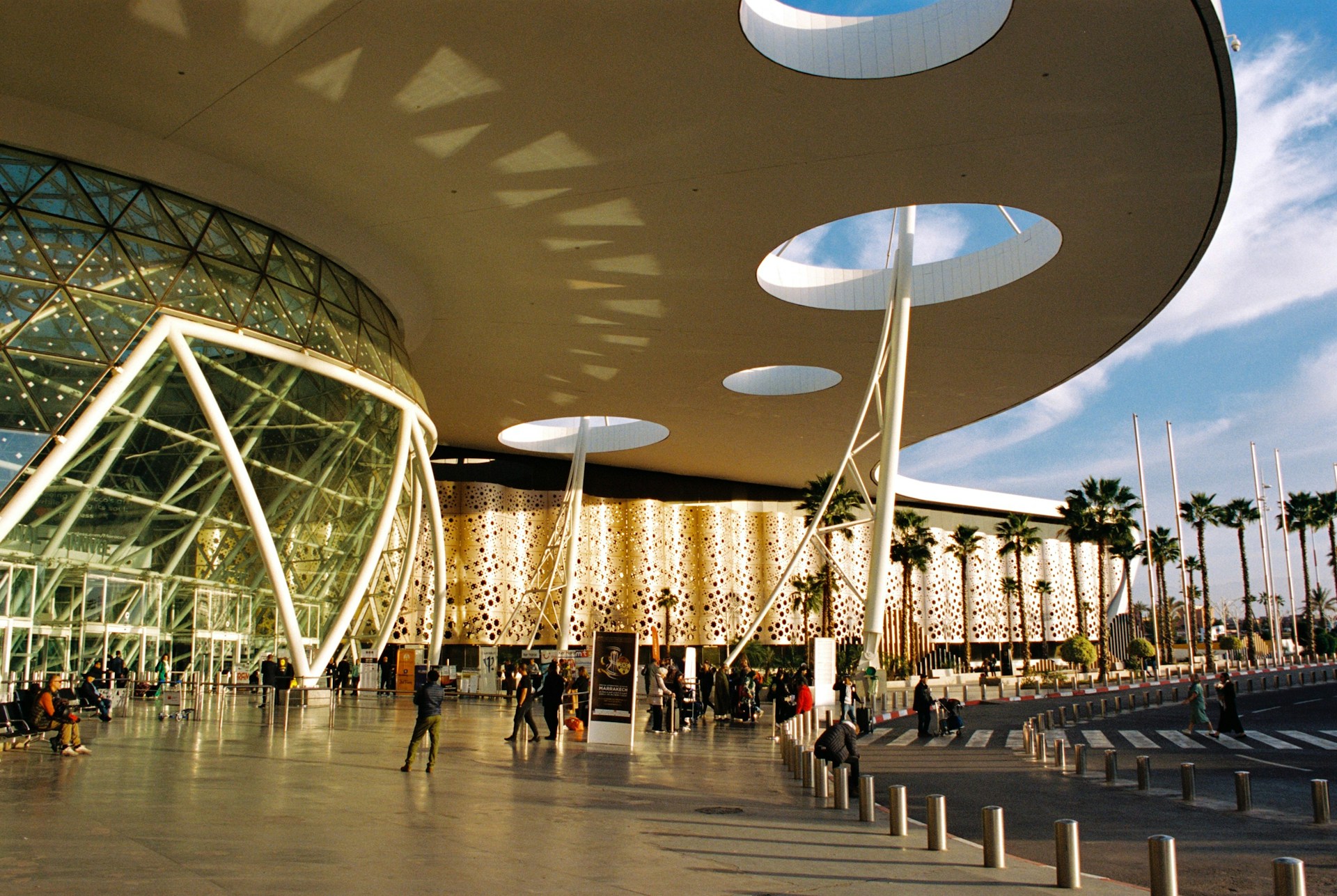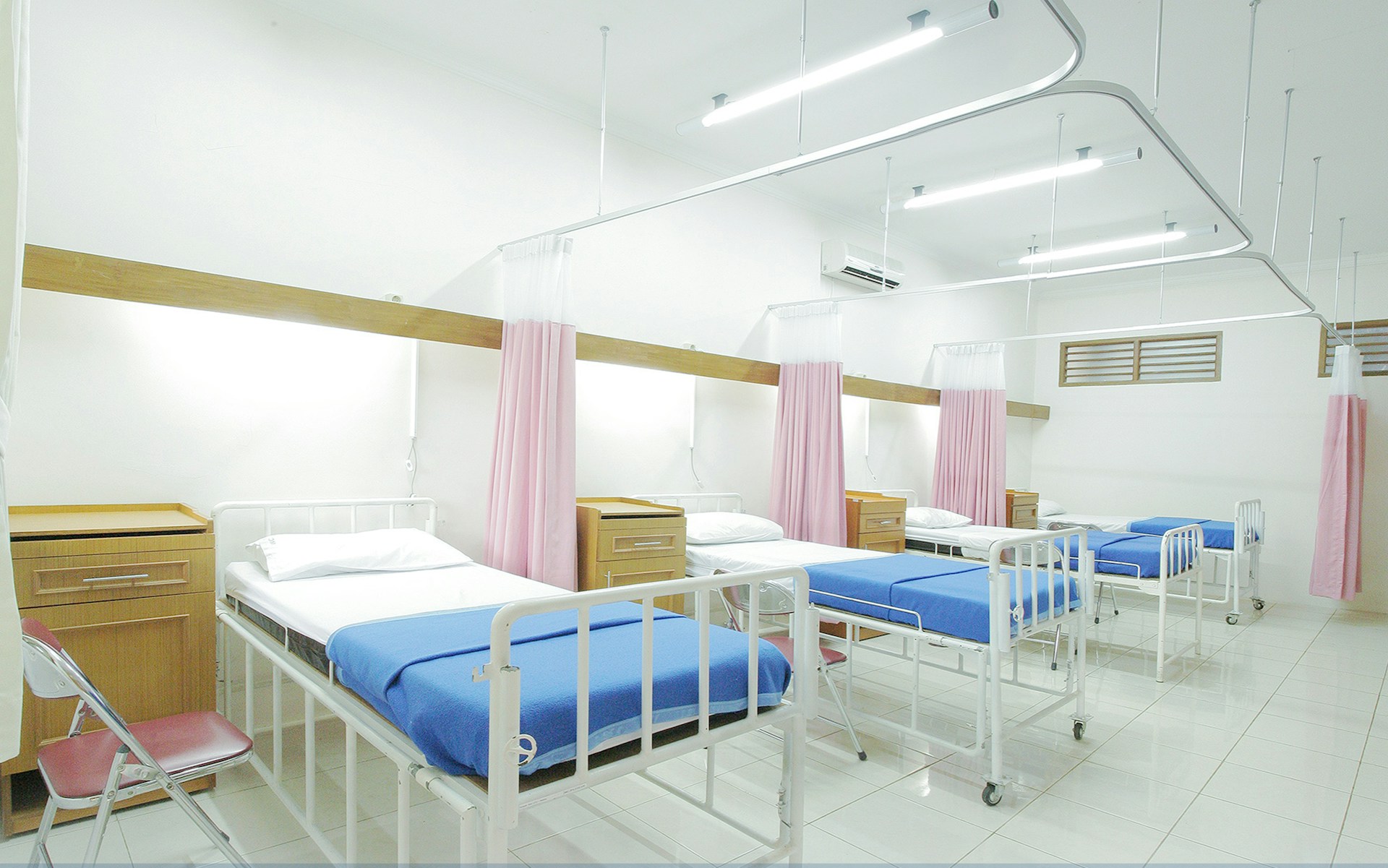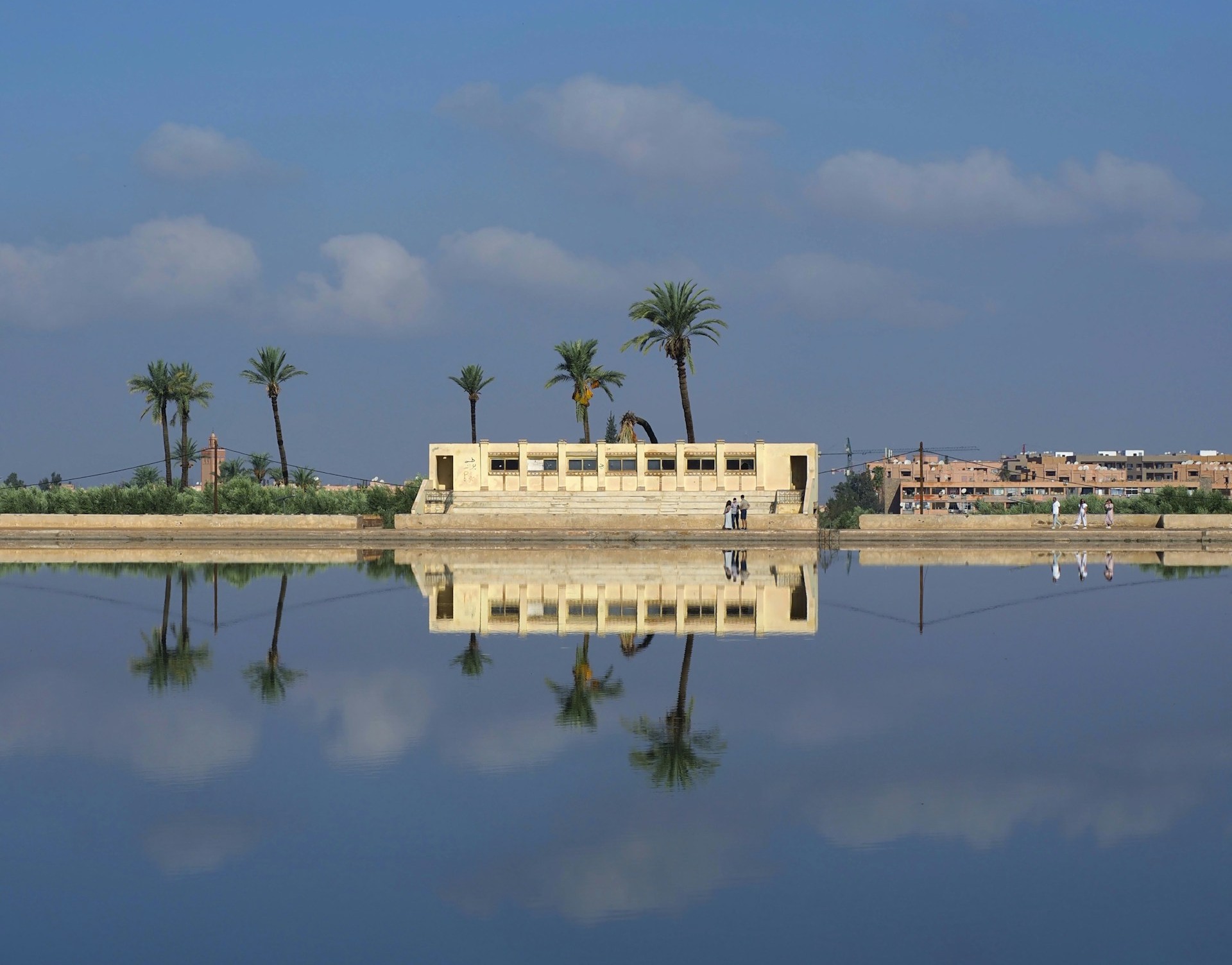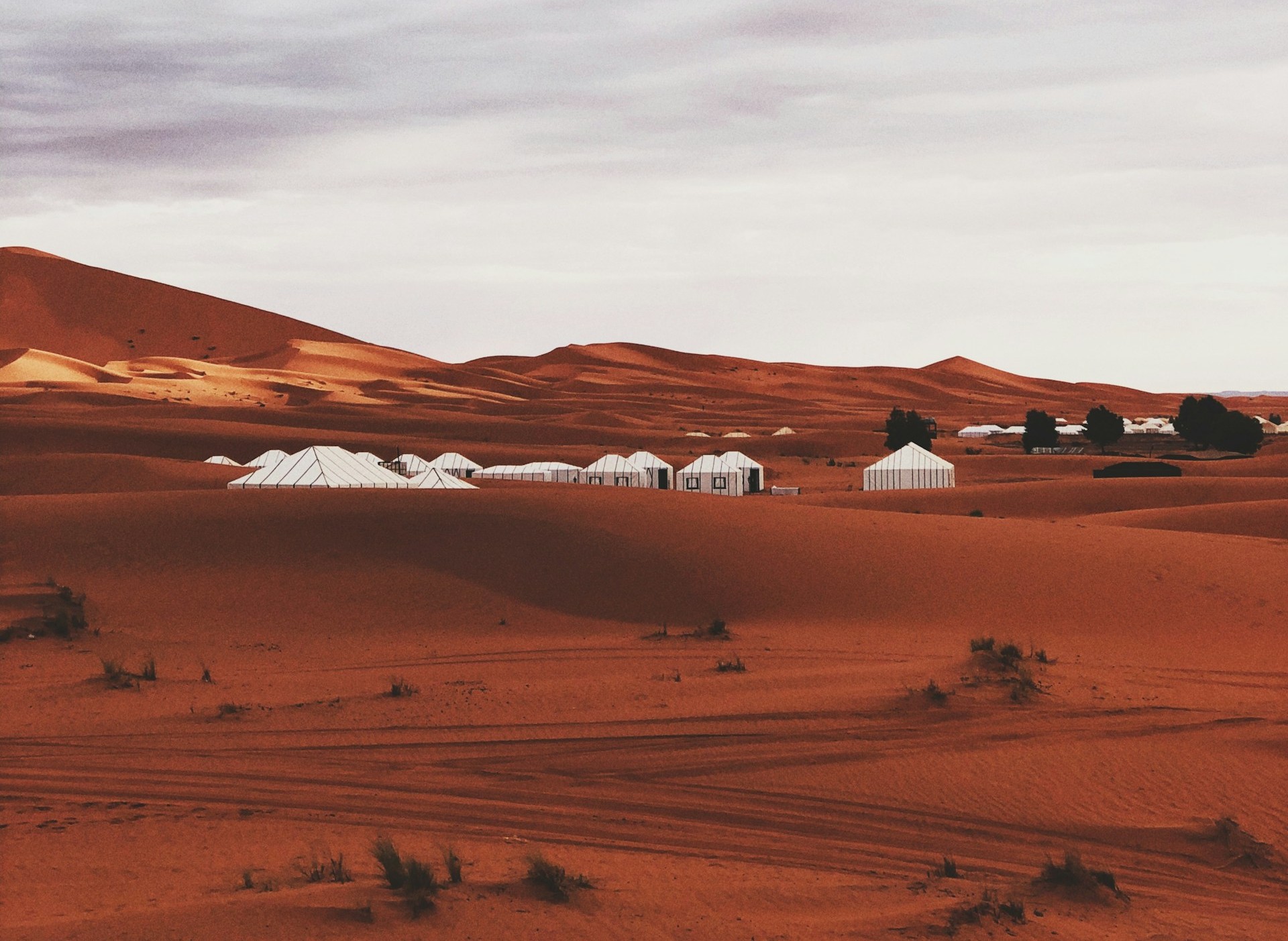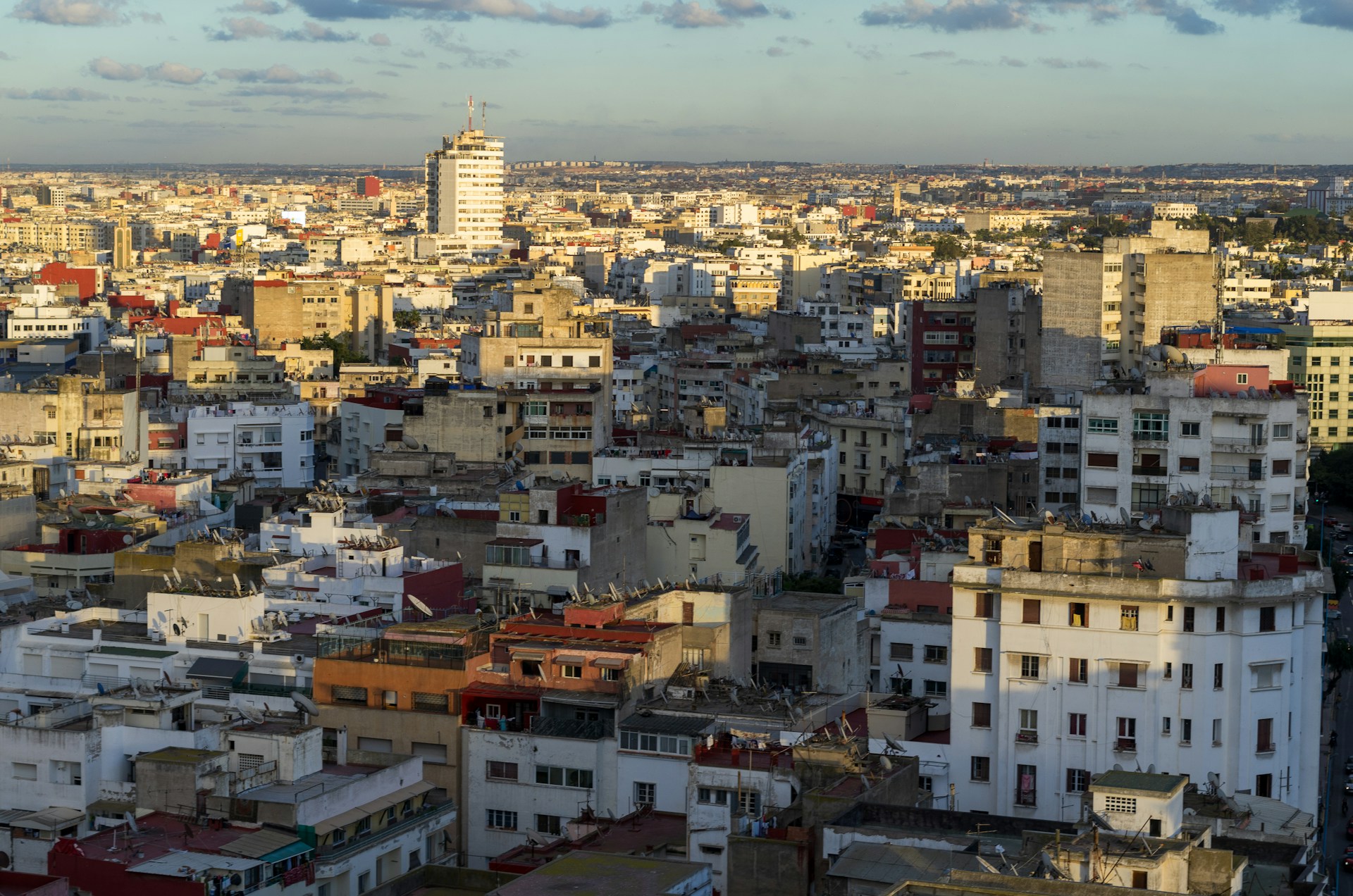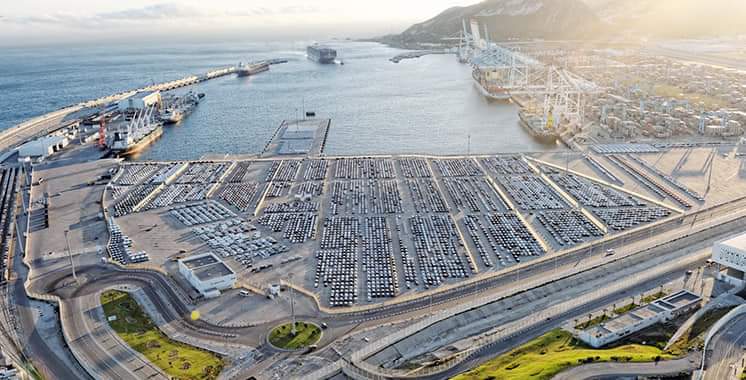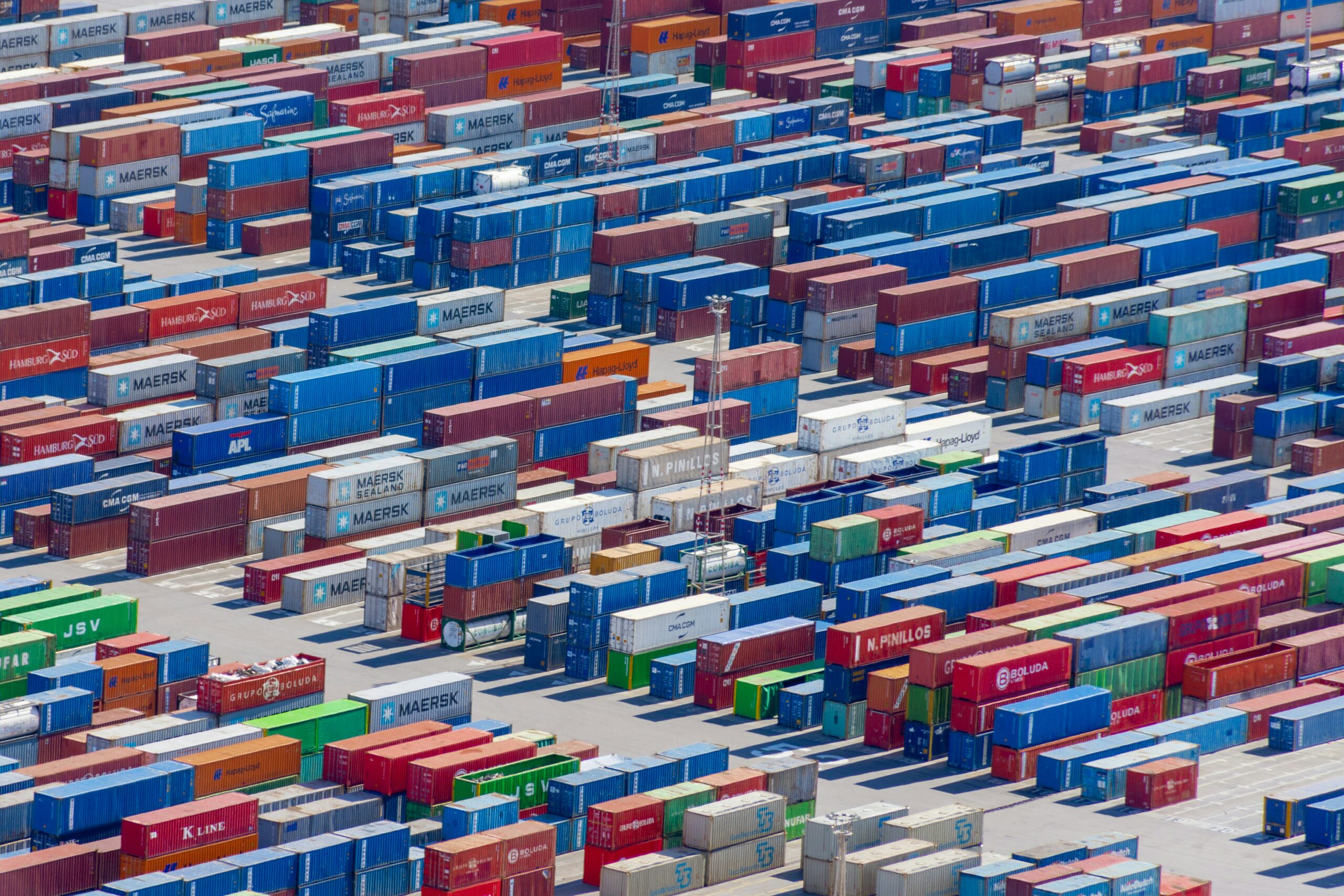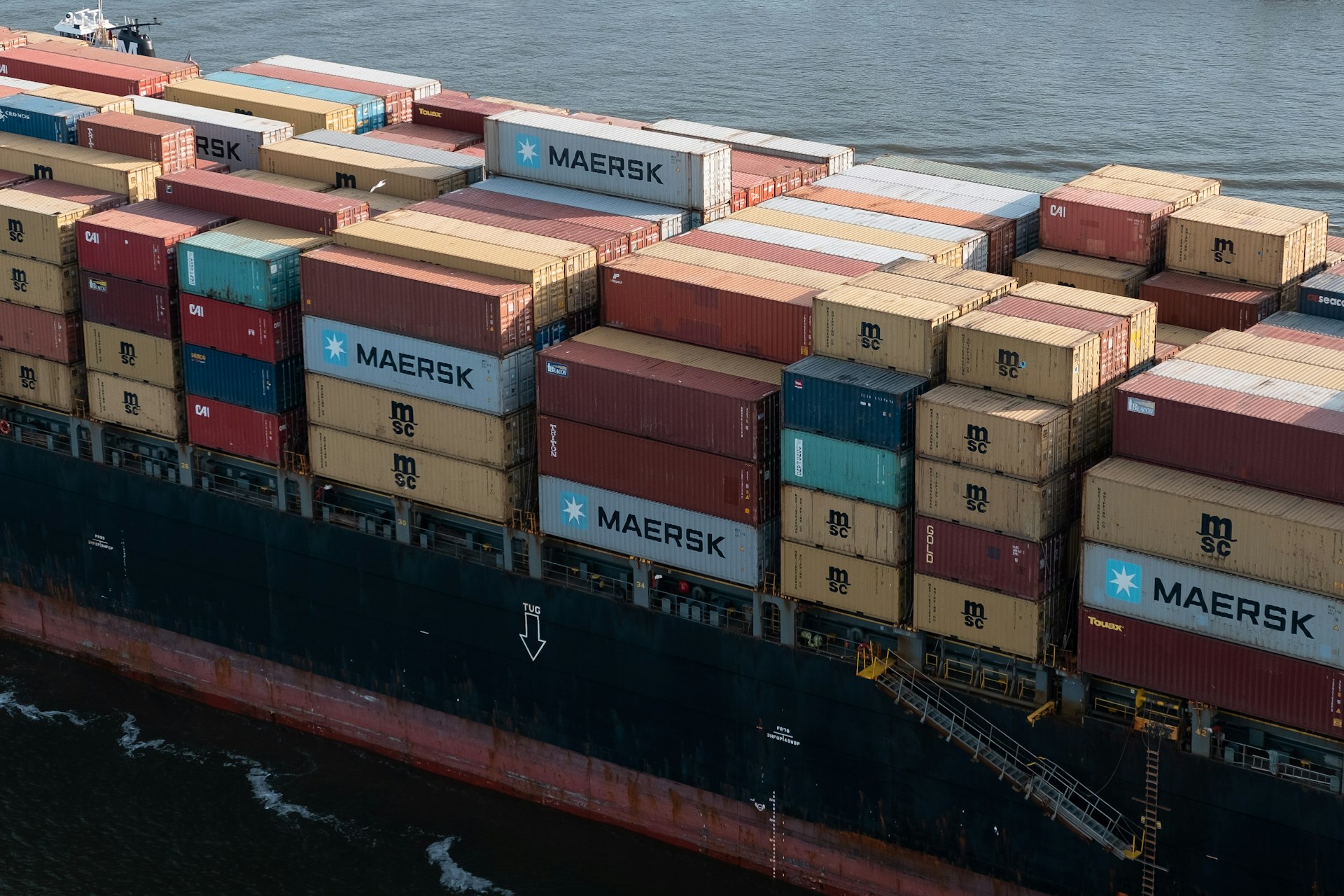Casablanca – Morocco’s desert regions, from the towering dunes of Merzouga to the isolated beauty of the Tinfou Desert near Zagora, are emerging as strategic pillars in the country’s push toward sustainable and inclusive tourism. Once considered remote and underdeveloped, these vast arid landscapes are now gaining attention for their unique ecological and cultural value, offering Morocco a powerful opportunity to align tourism growth with environmental preservation and community empowerment.
A unique ecological and cultural landscape
Stretching across southeastern Morocco, the desert zone includes parts of the Draa-Tafilalet region and the fringes of the Sahara. The landscapes are breathtaking: golden sand dunes, rocky plateaus, oases lined with date palms, and ancient ksars (fortified villages) that echo centuries of Saharan trade history.
Yet, these deserts are more than a picturesque backdrop. They represent a fragile ecosystem that has adapted to extreme conditions, hosting unique biodiversity and serving as a living memory of the Amazigh and nomadic cultures that have thrived there. For Moroccan tourism strategists, this delicate balance of nature and heritage is both a challenge and an opportunity.
Sustainable tourism: A national priority
Recognizing the potential of its desert zones, Morocco has integrated desert tourism into its national tourism strategy, aligning with the United Nations’ Sustainable Development Goals (SDGs). The goal is clear: develop tourism that not only attracts visitors but also sustains local livelihoods, preserves cultural traditions, and protects natural resources.
This approach focuses on promoting ecotourism, cultural immersion experiences, and low-impact activities such as camel trekking, stargazing, and guided hiking tours in regions like Erg Chebbi and the Todgha Gorges. These activities offer tourists authentic encounters with the land and its people, while minimizing environmental damage.
Local communities at the heart of tourism
Perhaps the most significant development in Morocco’s desert tourism model is the emphasis on community involvement. In many villages—such as Hassi Labied and Sidi Hassane—residents have transitioned from traditional farming or nomadic herding to running eco-lodges, organizing artisanal workshops, or guiding desert excursions.
By placing locals at the center of tourism activities, Morocco is not only empowering communities economically, but also ensuring that tourism reflects the identity and values of the region. Projects supported by NGOs and international partners like the UNDP have introduced training in hospitality, foreign languages, and environmental stewardship—skills that help rural youth participate more effectively in the tourism economy.
One standout example is the growing number of guesthouses built using traditional mudbrick architecture. These accommodations blend harmoniously into the landscape, reduce the use of industrial materials, and revive ancestral building techniques. Many also operate on solar power and use greywater systems for irrigation, underscoring the country’s commitment to eco-conscious development.
Environmental challenges and the climate threat
Despite the progress, Morocco’s desert tourism faces critical challenges. Chief among them is climate change. Increasingly frequent droughts, rising temperatures, and desertification threaten both the natural environment and the sustainability of water-dependent tourism infrastructure.
Water scarcity, in particular, poses a severe risk. Touristic facilities—such as hotels, swimming pools, and landscaped areas—consume significant amounts of water in regions where access is already limited. Without careful regulation and investment in water-saving technologies, desert tourism could place unsustainable pressure on fragile ecosystems and local agriculture.
To address these issues, the government has introduced measures encouraging eco-certification of tourism establishments, the use of renewable energy, and environmental impact assessments for new projects. Furthermore, educational initiatives aim to raise awareness among tourists about water conservation and responsible travel practices.
The role of international cooperation
International cooperation continues to play a crucial role in Morocco’s sustainable desert tourism strategy. Through partnerships with European and African countries, as well as global organizations like UNESCO, Morocco has benefited from technical expertise, financing, and global exposure.
Cross-border programs with other Sahelian and North African nations also promote knowledge exchange on best practices in managing desert tourism, combating desertification, and preserving cultural heritage.
These partnerships have helped to fund eco-tourism projects, restore ancient caravan routes, and create regional networks that position the Sahara as a destination for responsible adventure tourism, not just a photogenic detour.
Looking ahead: A model for sustainable tourism
Morocco’s desert tourism model is still evolving, but it offers a promising example for other countries seeking to balance growth with conservation. By promoting eco-friendly tourism and engaging local populations, Morocco is crafting a tourism experience that delivers both emotional value to travelers and tangible benefits to host communities.
Looking ahead, expanding infrastructure sustainably—especially transport, health, and digital access—will be key to unlocking the full potential of desert tourism. Continued investment in education, climate resilience, and community-led governance will ensure that this growth does not come at the cost of the very resources it depends on.
If successful, Morocco’s desert tourism will not only generate income and employment but also serve as a blueprint for sustainable development in other arid regions of the world.
